OK so I'm a complete Novice to SSIS but i needed to export images stored in our DB relating to specific sales orders , I attempted to do this in as an SP in SQ but this required CURSORS and I found it very easy to do the same thing in SSIS but I have a bit of an odd question , The DataFlow OLE DB to Data Flow works fine but i have have had to Declare the path OUTPUT FILE LOCATION in the SQL . I have worked out how to create a Dynamic File creation On the control flow but what i cant work out is how to remove the declared PATH and point it to the Control flow FILE SYSTEM TASK . I really hope this make sense and I appriciate any assistance
Control Flow

Data Flow Task

SQL -
DECLARE @Path nvarchar(1000);
SET @Path = N'C:\Users\X-JonC\Documents\';
SELECT
Products_IMAGEDATA.ImageData
, Products_IMAGEDATA.ImageTitle
, @Path + Imagetitle AS path
FROM
SalesOrders
INNER JOIN
SalesOrderItems
ON SalesOrders.SalesOrder = SalesOrderItems.SalesOrder
INNER JOIN
Products
ON SalesOrderItems.Product = Products.Product
AND SalesOrderItems.Product = Products.Product
INNER JOIN
Products_IMAGEDATA
ON Products.Product = Products_IMAGEDATA.Product
WHERE
SalesOrders.SalesOrderId = ?